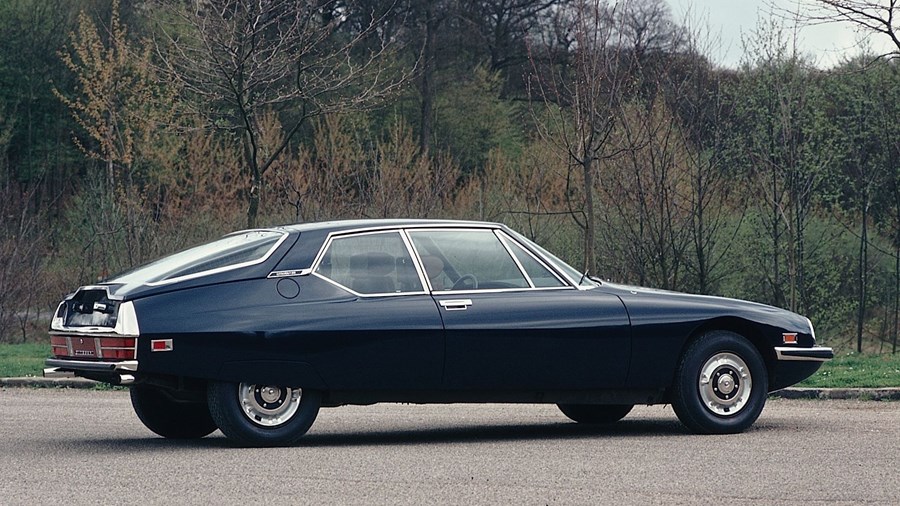Citroën is well known for their innovative approach to motor car design and technical wizardry.
In 1955, they launched the Citroën DS, a futuristic car fitted with disc brakes and hydropneumatic suspension mainly to compensate for the poor quality of the French roads following World War II.
In 1970, having acquired Maserati, Citroën set the sale of the SM in motion.
It is not clear why Citroën used the designation SM, but it is commonly thought that it came from Project S and the M from Maserati.
Often known as the Systeme Maserati or Sports Maserati.
An aluminium Maserati quad-cam, V6, powered this motoring revolution.
Initially, it was a slightly smaller version of the V6, 3.0 litre Maserati Merak engine, producing 170 hp and capable of 140 mph, making it the fastest front-wheel drive car in the world.
The reason for the smaller engine size was that it allowed the car to qualify for the lower tax band in France.
Subsequently, the engine was increased to 3.0-litre and fitted with a three-speed automatic gearbox.
The press welcomed this motoring rebel.
Citroën miscalculated the demand, and reliability became a bit of an issue, but more importantly, its appearance was subjective.
It was very Marmite; many thought it was strikig and the way of the future, while many more had the opposite view.
Peugeot acquired a nearly 40 per cent share of Citroën in 1974, and it took full ownership the following year.
Within a year, the negative Marmite opinion convinced the Peugeot board to lead to the demise of the spectacular SM.
![]()

